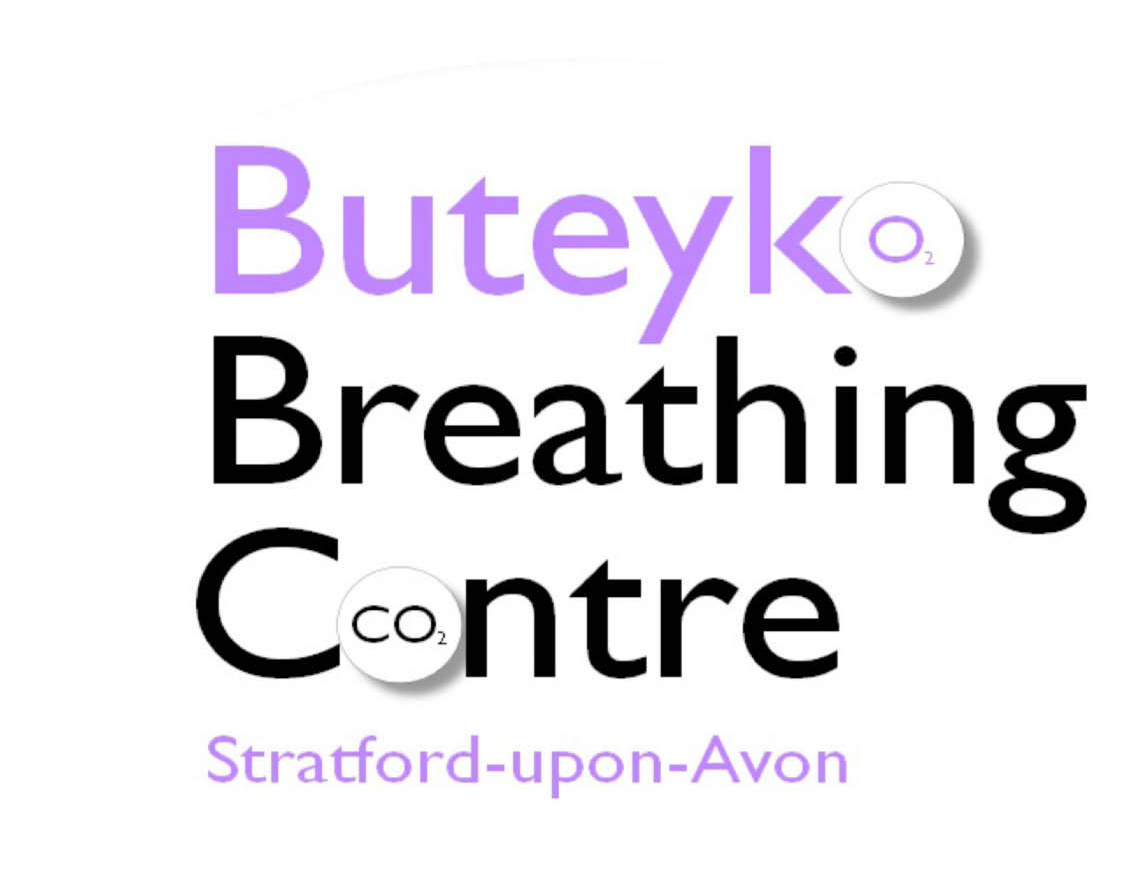Buteyko & Sport
Whether you run, play football, rugby or golf, whatever your sport, the Buteyko method can help you overcome your EIA (exercise-induced asthma), and may even improve your performance.
When athletes practice the Buteyko technique they will find that they can train harder and performance will increase.
When exercising, a large amount of oxygen is carried by haemo-globin in the bloodstream. Carbon dioxide is the main controller of the diameter of the arteries and veins carrying blood around the body. Low levels of carbon dioxide cause the smooth muscle wrapped around these blood vessels to tighten and therefore restrict blood flow and, consequently, oxygen to the muscles.
The level of carbon dioxide in the blood controls the pH (acid/alkali) balance. Carbon dioxide converts to carbonic acid to prevent respiratory alkalosis. If there is insufficient carbonic acid then cells produce lactic acid, which makes your muscles tired and sore, preventing athletes from training hard and giving top performance.
Haemoglobin carries oxygen to the muscles and tissues. When there are adequate levels of carbon dioxide, haemoglobin releases the oxygen more readily, this increases the amount of oxygen able to be used by the muscles while you exercise.
Breathing too much increases the amount of mucus being produced in the airways, which reduces the space inside them. The smooth muscle wrapped around these tubes tightens and when these two things combine they restrict airflow.
By practising the Buteyko method, normal levels of carbon dioxide are maintained for longer periods while exercising. This results in less lactic acid and mucus being produced, dilation of airways and blood vessels is maintained for longer. This means that you do not tire as quickly, you have fewer breathing problems and the heart is not put under as much strain.
Performance is enhanced and recovery periods are shortened, allowing training sessions to be increased both in difficulty and in length.
